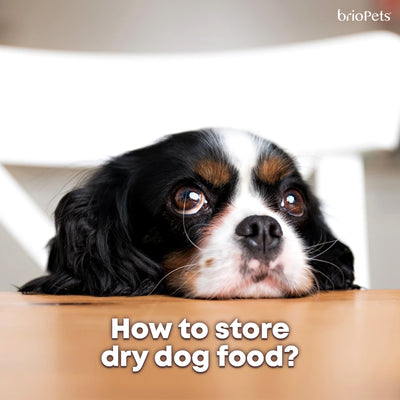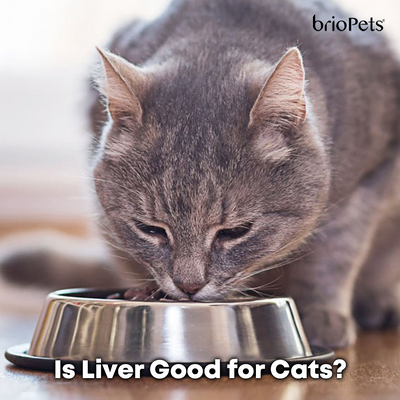
Obesity in Dogs
Before we go into the symptoms and treatment of obesity in dogs, we must first understand what obesity is and what causes it. Canine obesity refers to an excess of white adipose tissue (commonly known as body fat) and is usually due to energy intake exceeding energy expenditure. There are certain factors that may contribute to canine obesity which include environment, physiology, medications, surgery and certain diseases. [1]
Environment
Portion control and exercise go hand in hand when dealing with weight. As pawrents, we may try to feed our furkids more than necessary due to the tiny fear that “it is not enough” or “just a little more, he seems famished”. Sometimes we may even fall for the oldest trick in the book “the cute irresistible puppy dog eyes are staring at me, I can’t resist!”. With an increased amount of food, exercise time should be increased proportionally as well. However, more often than not, we confine ourselves to the same routine where outdoor time remains the same.
These two factors - overfeeding and insufficient exercise, will lead to a quick accumulation of fats and cause your furkids to spiral down into obesity.

Physiology
Things like age and genetic predisposition also play very big roles in canine obesity. Studies have shown that some breeds are more prone to obesity. Such breeds include terrier breeds, spaniels, dachshunds, beagles and labrador retrievers. As for age, dogs over five years of age typically have a decrease in voluntary activity, hence burning fewer calories daily.
Neutered/Spayed
When dogs are neutered or spayed, the decrease in production of certain hormones will cause a decrease in energy expenditure, slows down metabolism, and occasionally a change in satiety. Some dogs may have an increased appetite and this may result in overconsumption of food. When paired with a decrease in activity, neutered/spayed dogs are in the red zone when it comes to obesity.
Medications
Certain medications such as Phenobarbital (anticonvulsant) may cause a decrease in satiety, while glucocorticoids (used for inflammation reduction) may cause abnormal fat deposition and weight gain.

Diseases
Obesity may be an indicator of diseases such as hypothyroidism (under-active thyroid gland) or Cushing’s disease (overactive adrenal gland). [2]
Hypothyroidism occurs when the thyroid gland does not produce enough thyroxine (the hormone that is responsible for food metabolism). It is common in all dogs, however, neutered males and spayed females have a higher risk of developing it.
Some symptoms or signs of hypothyroidism would include hair loss on the trunk, back of the hind legs and tail. Their coat will also be dull and thin, the skin will be flaky and some black patches may appear. This will be followed by rapid weight gain despite loss of appetite, a slowed heart rate, and intolerant to cold. Severe symptoms would include seizures, heart and blood vessel problems, and infertility. [3]
How to gauge if a dog is overweight/obese

Weight loss management for dogs
As mentioned above, food and exercise are the two main factors when it comes to losing weight. The food factor includes both portion control and the type of food given.
Portion control
When determining the amount of food you should give to your furkid, you must first look at the amount of exercise he/she is getting, and if there are any medical conditions involved. The feeding guidelines on most dog food packets are for active dogs at any life stage. However, spayed/neutered dogs have approximately 20-30% lower energy requirement. This means that if your dog has been spayed/neutered, you could be overfeeding your dog by 20-30%.

Type of food
In order to make the weight loss journey for your furkid a little easier, pawrents should consider getting foods that are lower in energy levels. This will ensure that your dog isn’t overeating and will be able to burn the calories off through exercise. An example of such dog foods would be bosch’s HPC Light. HPC Light has 25% fewer calories than other dog foods and is effective for weight control in overweight adult dogs. It also strengthens the immune system and stabilizes the intestinal flora. To assist pawrents, a concise feeding recommendation which details the kibble amount in accordance to the dog’s ideal weight can be found here - bosch HPC Light.
For dogs that are on the cusp of obesity, bosch Senior is a good alternate choice as well. bosch Senior has a reduced protein, fat, mineral and calorie content for not only senior dogs but for dogs that are prone to obesity. With an increased level of fibre content, dogs will be able to feel satiated in a shorter amount of time, and hence be less likely to overeat. Not only does bosch Senior help in weight management, but it also contains anti-aging properties due to the high levels of vitamins and trace elements that delay cell ageing and boost the immune system.
Don’t just hear it from us! Read what fellow pawrent Cassandra has to say about bosch Senior as well!
References
[1] https://wagwalking.com/condition/obesity
[3]https://pets.webmd.com/dogs/hypothyroidism-in-dogs
[4] https://www.thefarmersdog.com/digest/how-to-help-your-dog-lose-weight/



